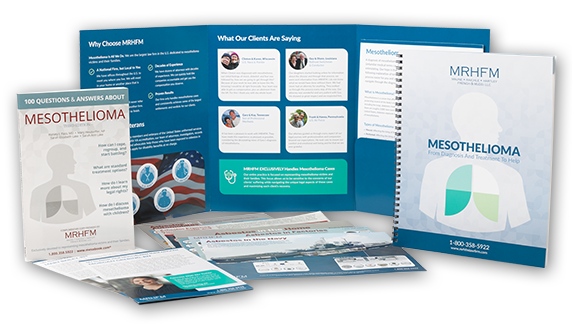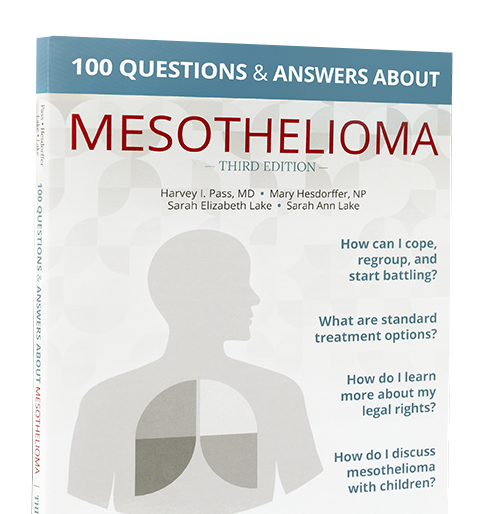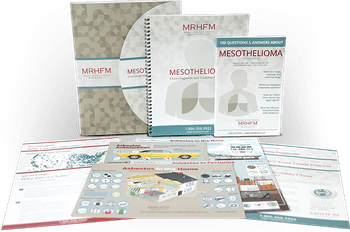Most asbestos-containing products have been banned in the U.S. However, it is still legal to distribute, process, and import asbestos-containing automotive parts such as automatic transmission components, brake blocks clutch facings, disc brake pads, drum brake linings, and friction materials. Because overall evidence suggests that there is no safe level of asbestos exposure, the nearly 740,000 mechanics and automotive service technicians working in the U.S. may be at risk of developing asbestos-related conditions such as lung cancer, asbestosis, and mesothelioma.
The most common type of asbestos used in parts such as brakes and clutches is chrysotile asbestos. Also called “white asbestos,” chrysotile accounts for 95% of asbestos use in the U.S. It belongs to one of the two major groups of asbestos called “serpentine asbestos” and it is characterized by long, curly fibers that can be woven. When exposure occurs, it is often to this type of asbestos.
The most common form of mesothelioma cancer is pleural mesothelioma. When asbestos-containing products are disturbed during breaking, cutting, drilling, abrading, grinding, and sanding, the long, curly fibers may be released into the air. Mechanics and auto service workers may be breathing these fibers throughout the workday while repairing and installing asbestos-containing parts.
When the fibers become trapped in the lungs, they can accumulate and cause scarring and inflammation over time. This may damage cells’ DNA and cause changes leading to uncontrolled cell growth. This can lead to mesothelioma. Symptoms of the disease include shortness of breath, painful coughing, chest pain, unusual lumps of tissue under the skin on the chest and unexplained weight loss.
If asbestos fibers are swallowed, they can reach the abdominal lining where they can cause peritoneal mesothelioma. Symptoms include abdominal pain and swelling, unexplained weight loss, and lumps of tissue in the abdomen. There is no cure for peritoneal or pleura mesothelioma.
While asbestos-containing auto parts are still legal in the U.S., unsafe work practices are not.
By law, most professional automotive shops must follow the Occupational Safety and Health Administration's (OSHA) regulations at 29 CFR 1910.1001 and specifically paragraph (f)(3) and Appendix F. Per the Environmental Protection Agency (EPA), “these are mandatory measures that employers must implement for automotive brake and clutch inspection, disassembly, repair, and assembly operations. State and local governments with employees who perform brake and clutch work in states without OSHA-approved state plans must follow the identical regulations found under the EPA Asbestos Worker Protection Rule.”
Home mechanics are not required to follow the OSHA work practices (or the identical requirements under the EPA Asbestos Worker Protection Rule). However, says the EPA, “by using these practices home mechanics can minimize potential exposure to asbestos if it is present and thereby reduce their risk of developing any asbestos-related diseases.”





